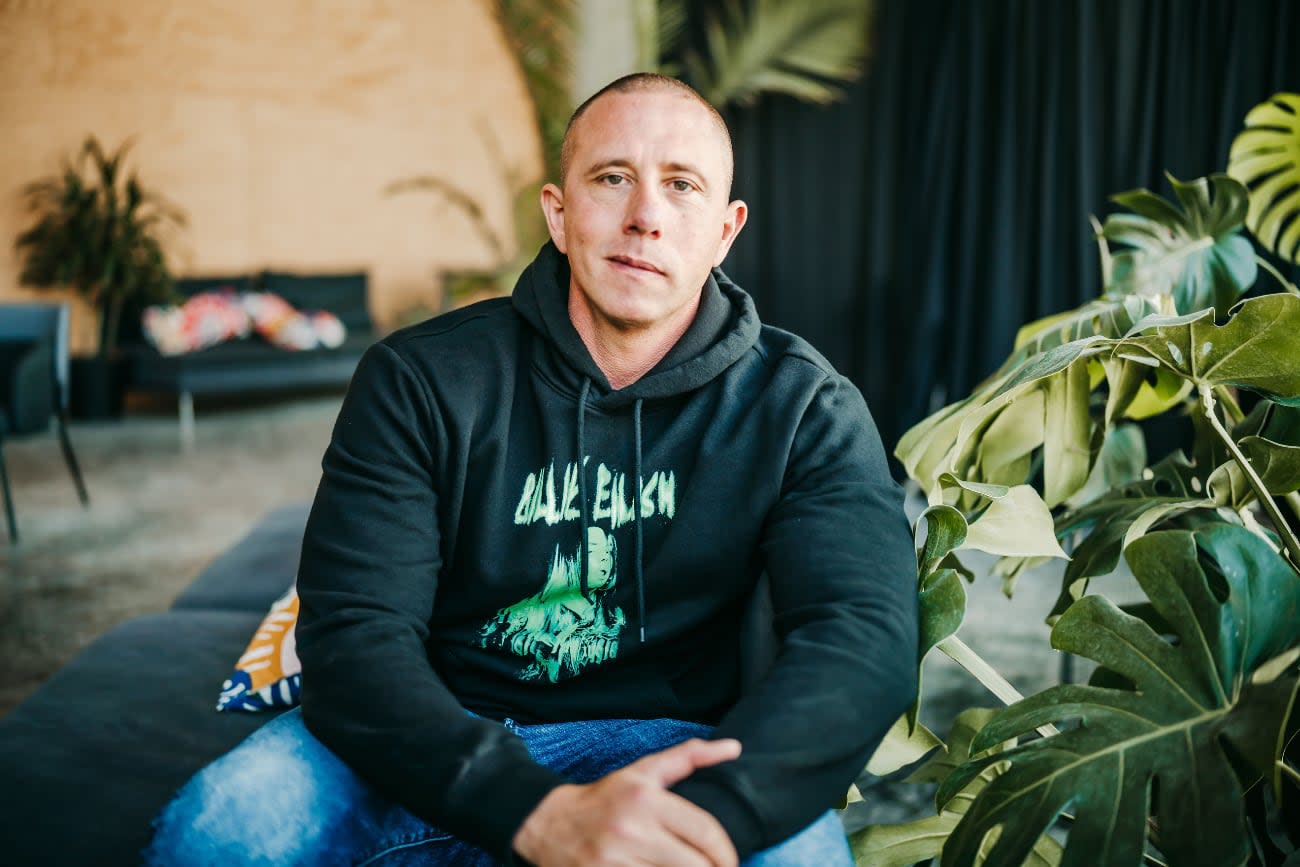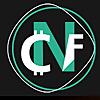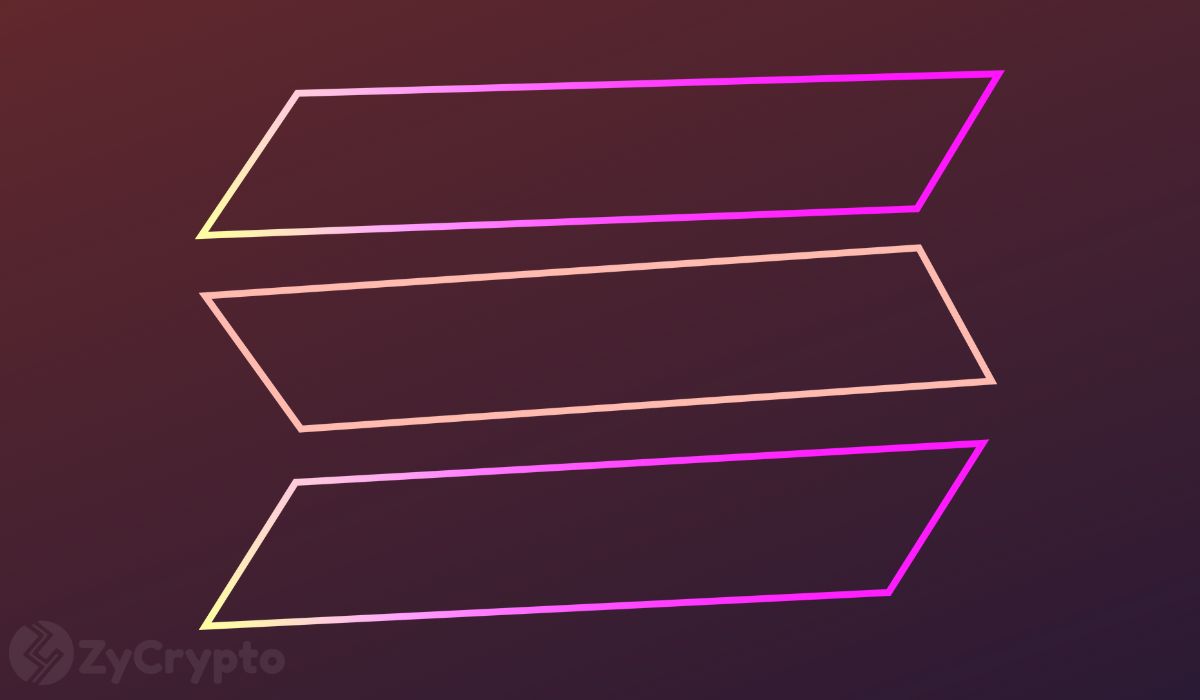ARTICLE AD BOX

- Nader Dabit transitioned from AWS to Web3, helping shape modular blockchain through Celestia and DeveloperDAO.
- He empowers developers globally with practical tools and a relatable voice, not titles or flashy claims.
There was a time when Nader Dabit hadn’t even touched code. He was just a guy running a WordPress-based ecommerce business out of a small town in Mississippi. He was on the verge of a million dollars in sales, but what really opened his eyes wasn’t the money, it was his curiosity: “How does this work?”
That was the beginning. From there, Nader didn’t just learn to code—he devoured it. He moved to Los Angeles, dove deep into JavaScript and React, and built a reputation as one of the most sought-after React Native trainers in the country. He’s coached internal teams at Amazon, Microsoft, and even the U.S. military. No kidding.
But over time, the traditional world of programming began to feel cramped. He wanted a new challenge, and he found it in Web3.
From AWS to Web3: Nader’s Bold Shift Toward Decentralization
Nader had joined AWS to build out the developer experience for its Amplify service. But something kept drawing him to the world of decentralization. That’s when his turning point came: he joined The Graph, a decentralized indexing project.
In real-world terms, The Graph is like Google, but specifically for blockchain. And there, Nader began to change the way developers view Web3 infrastructure.
After that, his steps became bolder. He moved to Celestia, the first modular blockchain project that separates execution from consensus. Hard to understand? Simply put: if blockchain is usually a single building, Celestia divides it into lego pieces, which can be reassembled as the developer team wishes. More flexible, more efficient, and he said, the future of blockchain is here.
Not only that, he also helped give birth to DeveloperDAO, a global community for Web3 engineers. Starting from the NFT “Developer for Ethereum” which was launched casually, this project has grown into a home for thousands of developers who want to learn, collaborate, and build without needing permission from anyone. Something that may sound utopian, but yes, they continue to do so until now.
Now, Nader is also the face of Developer Relations for Aave and Lens Protocol. Aave, for those unfamiliar, is one of the world’s largest DeFi protocols, while Lens is trying to re-imagine social media—without central servers, without ad-heavy algorithms, and without shadowbans. Nader is in the middle of it all, putting together documentation, building SDKs, and making light-hearted yet profound educational videos.
One of his recent videos about EigenLayer made the rounds on X. It’s only four minutes long, but it explains the concept of restaking in a way that makes people say, “I just got it now.”
The Quiet Influence of Nader Dabit in the Modular Blockchain World
On the other hand, he also often reminds on social media: learning to code isn’t enough. You also need to know about crypto, LLM, and things that (he says) will determine the future. “Don’t just lie around,” he writes. “Obsess yourself with something.”
However, his straightforward style of speaking sets him apart from many other Web3 figures who sound too academic or technical. He’s like the mentor at the cafe who says, “Just make it. It’s okay to make mistakes.”
Furthermore, he has a keen eye for the future of blockchain. For Nader, modularity is not just about technical structure, but about how communities can more freely choose how they build. And if today many developers are starting to move to modular chains, they most likely first heard about it from Nader Dabit.
He is not a CEO, not a unicorn founder, but when talking about influence among developers, Nader’s name keeps coming up. From workshops to whitepapers, from X to GitHub, his steps are clearly visible. Not explosive, but continuing to grow. Like a seed that knows very well the soil it chooses.
.png)
 4 months ago
18
4 months ago
18








 English (US)
English (US)